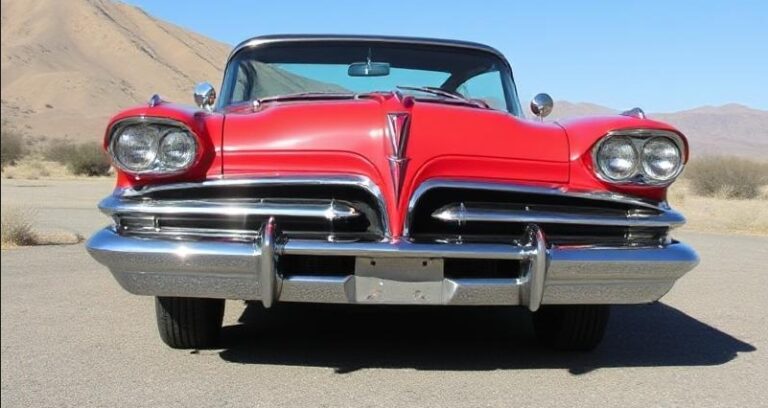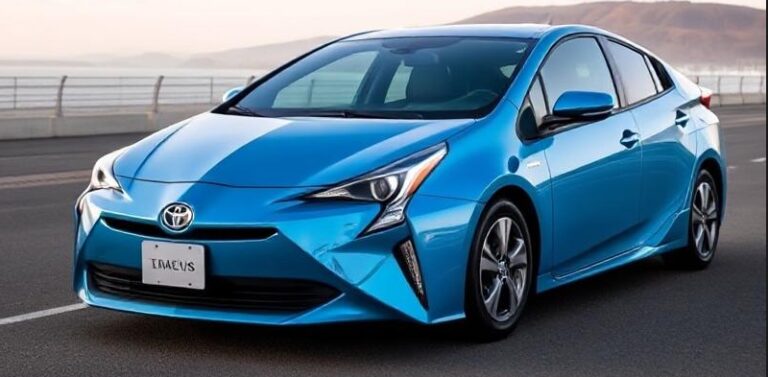The Evolution of the Hyundai Excel: A Comprehensive Overview
The Hyundai Excel, a subcompact car that emerged in the late 1980s, played a pivotal role in shaping Hyundai’s reputation in the global automotive landscape. With its affordability, practicality, and gradually improving quality, the Excel attracted an array of customers, making it a significant player during its production run. This article explores the evolution of the Hyundai Excel, detailing the years produced, models, and trim levels offered throughout its lifecycle.
Introduction to Hyundai and the Excel
Hyundai, founded in 1967, initially manufactured small cars and passenger vehicles, but it wasn’t until the late 1980s that the company made serious inroads into international markets. The Hyundai Excel was introduced as a part of the company’s strategy to gain a foothold in the North American market and other regions. First released in 1985, the Excel quickly became emblematic of the brand’s early efforts to cater to budget-conscious consumers seeking reliable transportation.
First Generation (1985 – 1994)
Launch and Models
The first generation of the Hyundai Excel debuted in 1985, representing the automaker’s first major foray into the American and international markets. The initial models introduced were:
- Hyundai Excel 3-Door Hatchback
- Hyundai Excel 5-Door Hatchback
- Hyundai Excel 4-Door Sedan
Trim Levels
The first-generation Excel was available in several trim levels that included:
- Base: This was the entry-level model equipped with essential features like a manual transmission and basic radio.
- GL: This model added more comfort and convenience features, including air conditioning and power steering.
- GLS: As the upscale variant, the GLS featured more amenities, including upgraded interior materials, alloy wheels, and higher-end audio systems.
Engine and Performance
At launch, the Hyundai Excel featured a 1.5-liter inline-four engine, producing around 92 horsepower. The engine was paired with either a five-speed manual transmission or a four-speed automatic option, offering a balance of fuel efficiency and responsiveness suitable for urban and suburban driving.
Reception and Impact
Initially, the Excel garnered mixed reviews. While its affordability appealed to many, some early units faced reliability issues that tarnished the brand’s reputation. Despite this, the Excel quickly climbed the sales charts thanks to its low price point and decent fuel economy, establishing a foundation for future models.
Second Generation (1995 – 1999)
Changes and Upgrades
In 1995, the Hyundai Excel underwent significant changes, marking the start of its second generation. The re-designed Excel was modernized with a more aerodynamic shape and improved interior quality.
Models and Trim Levels
The second generation also retained a three-door hatchback, five-door hatchback, and four-door sedan body styles, offering slightly different trim variations:
- Base: Similar to the first generation but with updates to interior design and materials.
- GL: The GL trim saw further enhancements, including standard power windows and locks.
- GLS: The GLS continued to be the flagship trim, adding features like improved audio systems and optional rear disc brakes for better performance.
Engine and Performance
The 1.5-liter engine remained, but advancements in engineering improved its output to around 96 horsepower. The manual and automatic transmissions received refinements that helped improve gear changes.
Market Reception
The second-generation Excel experienced a boost in reputation, with built quality, reliability, and dealer service improving significantly. The perception of Hyundai transformed from a manufacturer of low-quality vehicles to one that provided appealing alternatives to established competitors.
.

.
Third Generation (2000 – 2002)
Transition and Models
By the turn of the century, the Hyundai Excel entered its third generation, but production continued only in specific markets outside the U.S., as Hyundai was shifting focus towards more modern models like the Hyundai Elantra.
The third-generation models can be noted as:
- Hatchback: Offered both three-door and five-door configurations.
- Sedan: Marketed for affordability and practicality.
Trim Levels
Traditional trim levels continued to be simplified, often classified as:
- GL: Base model with minimal features.
- GLS: More equipped trim with added comfort features.
Engine and Performance
In this generation, the typical engine option remained, but Hyundai introduced more competitive fuel-efficient options that better aligned with market demands, promoting environmental awareness and economy.
Conclusion of Production
By 2002, production of the Hyundai Excel ceased as Hyundai expanded its focus on models like the Accent and Elantra. The Excel’s departure allowed the brand to concentrate on models that could better compete with rivals in terms of features, safety, and technology.
Legacy and Cultural Impact
The Hyundai Excel, through its evolution, paved the way for Hyundai to rise as a formidable player in the automobile industry. The affordability and practicality of the Excel became a catalyst for Hyundai’s rebranding from an inexpensive option to a provider of quality vehicles with advanced features.
Introduced into various markets in an era when most manufacturers focused on moving upward with premium offerings, the Excel resonated with a generation of consumers seeking reliable yet budget-friendly transportation. This understanding of customer needs ultimately framed Hyundai’s development philosophy for future models.
Conclusion
The Hyundai Excel remains a significant chapter in the automotive history of Hyundai. From its introduction in 1985 to the conclusion of its production in 2002, the Excel demonstrated Hyundai’s ability to adapt and grow within a challenging marketplace. The lessons learned from the Excel’s evolution have left a lasting impact on the brand, guiding its trajectory towards the highly respected lineup of vehicles seen today.
While no longer in production, the Hyundai Excel’s legacy continues as consumers and historians alike reflect on its role in transforming a fledgling automaker into a globally recognized powerhouse in the automotive industry.







